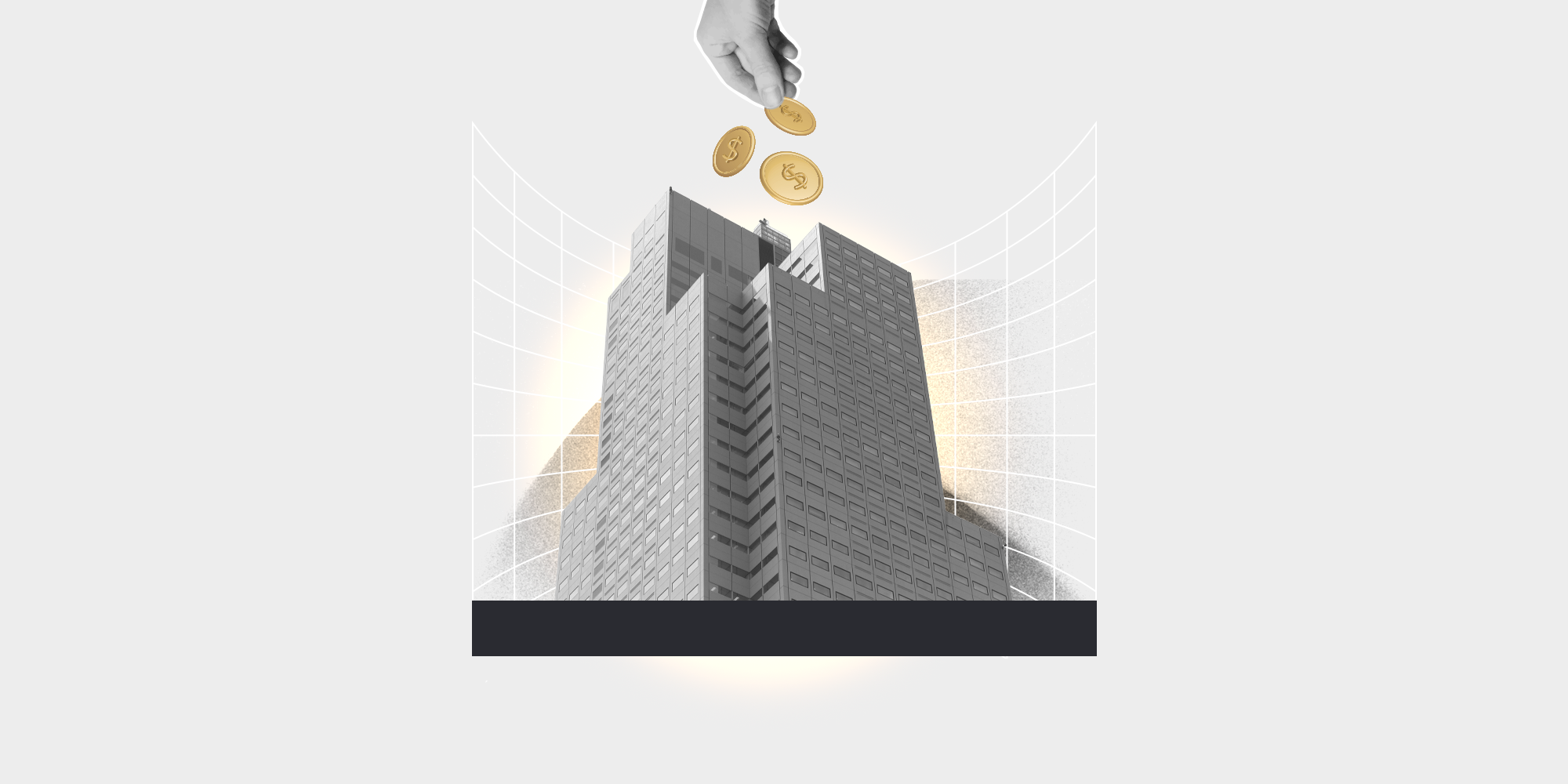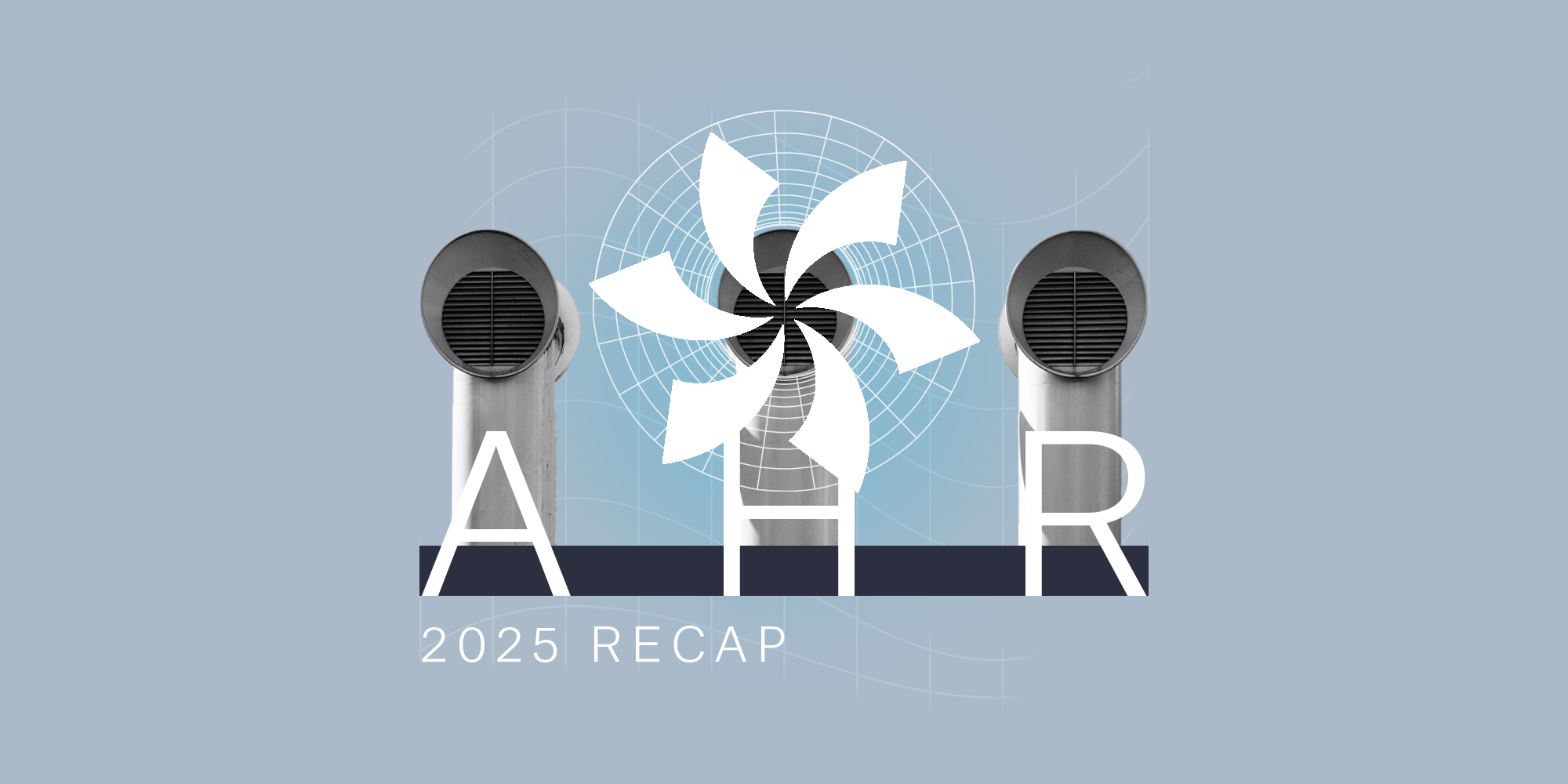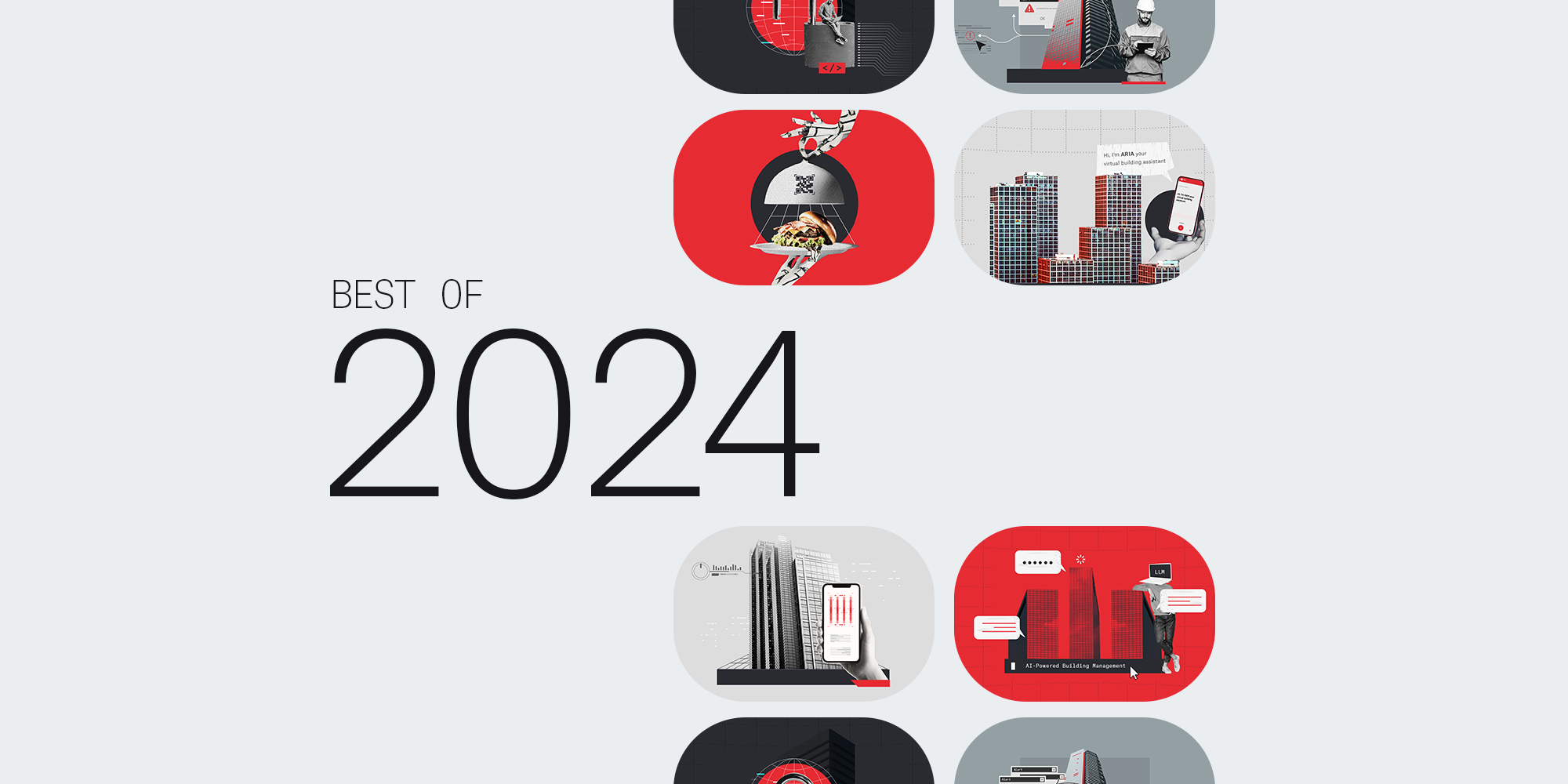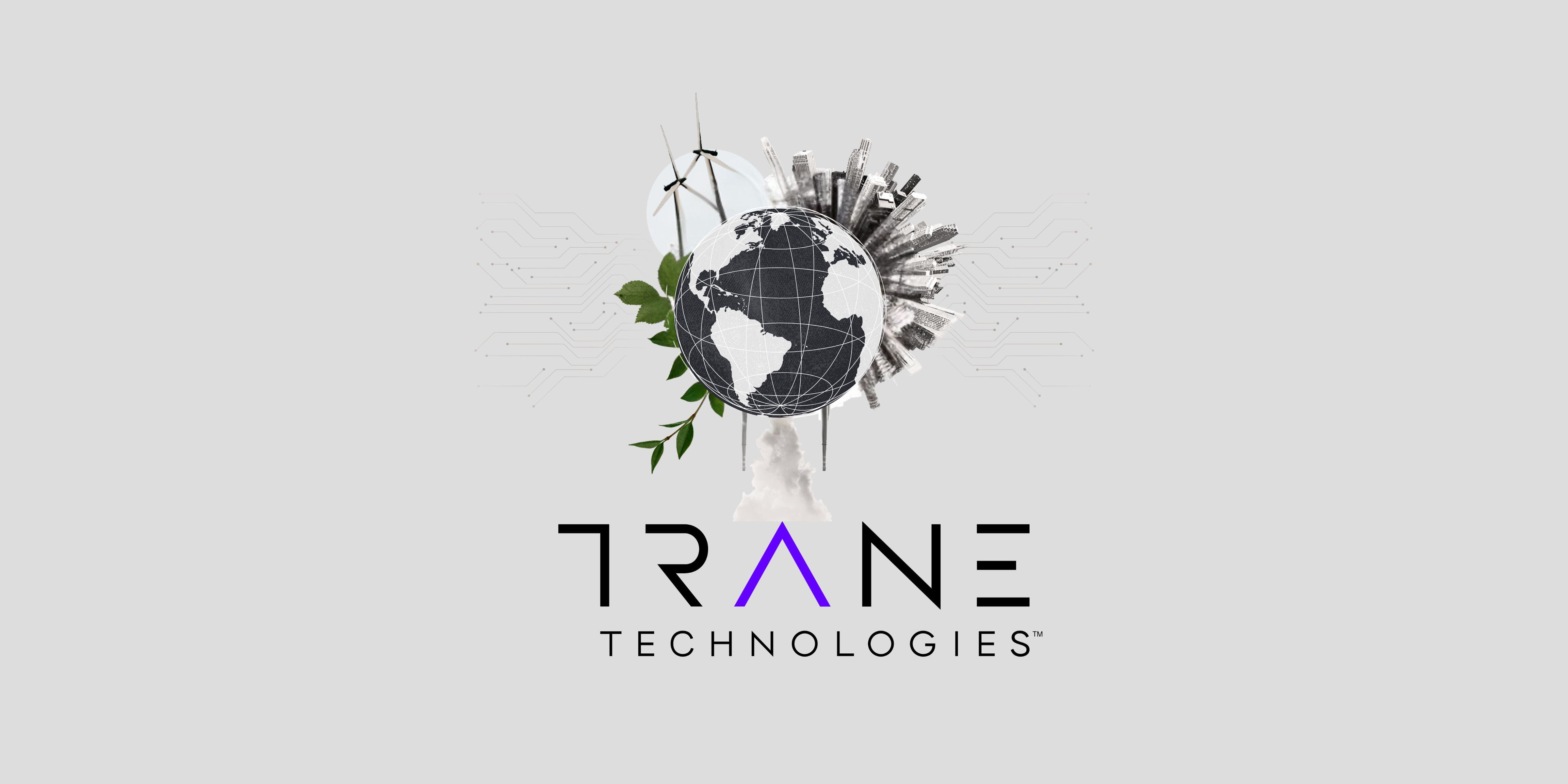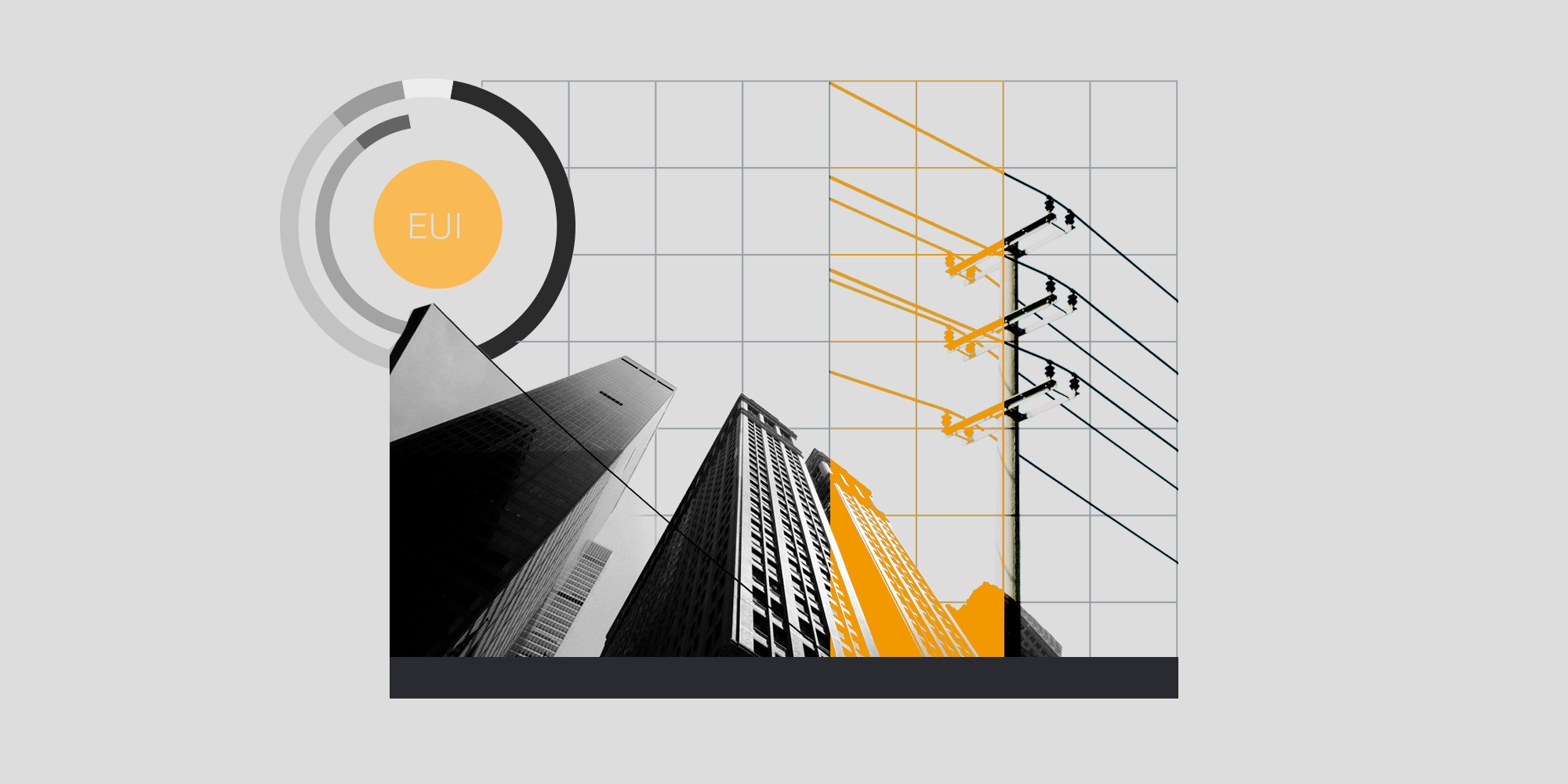5 réglementations mondiales sur les émissions des bâtiments affectant les propriétaires
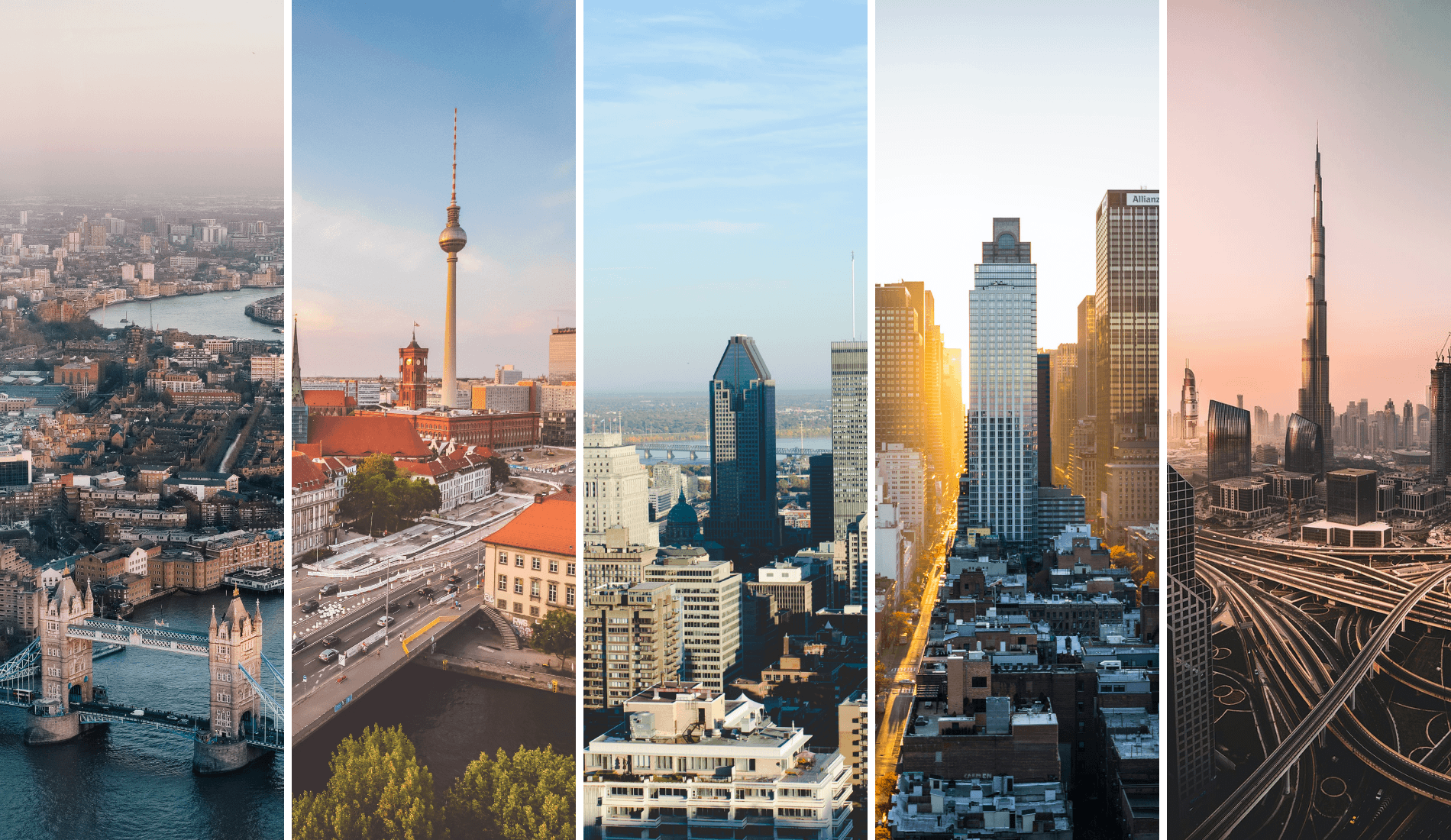
The 2 sectors that consistently account for the majority of a country’s emissions are buildings and transportation. While transportation has been widely discussed and policies enacted in attempt to curb its detrimental effects on the climate, buildings have been largely overlooked as major contributors to global warming.
However, in recent years, nations around the globe have slowly turned their attention to buildings – which, including their construction and operation, are responsible for almost 40% of global annual greenhouse gas emissions (GHGs). In the hopes to reduce their carbon footprints, cities and countries have been upping the ante on building emissions regulations. So, without further ado, here are 5 of them that are working to help keep our planet from rising above the 1.5 °C limit:
1. ENGLAND AND WALES: THE MINIMUM ENERGY EFFICIENCY STANDARD
The built environment contributes around a whopping 40% of the UK’s total carbon footprint – and buildings account for a large portion of this. That’s why, in an effort to reduce emissions by 78% by 2035 compared to 1990 levels (one of the world’s most ambitious climate change targets to date), the UK government is implementing a new Minimum Energy Efficiency Standard (MEES). The regulation is due to come into effect for all private rented commercial property in England and Wales in 2023.
MEES was first implemented in April 2018. Following a sliding scale from A (most energy efficient) to F (least energy efficient), UK regulations made it unlawful for landlords to renew or grant new leases if their commercial properties held a rating of F or G. Stringent financial penalties are imposed on those who fail to comply with these standards, which are due to become even stricter over the next few years.
From April 2023, landlords will need to meet the rating of E and above in order to continue renewing and granting their leases. This means that, in just 2 years, 1 in 10 London offices could become unusable unless landlords bring them up to new environmental standards.
Additionally, as of 1 April 2030, all commercial buildings must be made efficient enough to meet or exceed a B rating. Considering that almost 2 out of 3 of London’s commercial properties are rated D to G, major energy efficiency initiatives will need to be put in place by landlords or they risk their assets becoming valueless.
Although many landlords are deeply concerned about the amount of money it will cost to bring their buildings up to standard, these measures are being put in place to add value to properties and create greener cities, providing the UK government with a greater chance of achieving its ambitions of at least a 20% reduction in business energy use by 2030 and net zero carbon emissions by 2050.
2. GERMANY: BUILDINGS ENERGY ACT
Buildings account for around 35% of Germany’s total energy consumption and about 30% of its greenhouse gas emissions. To address this, the German government has set its sights on a nearly climate-neutral building stock by 2050, which will entail reducing primary energy demand in buildings by 80% from 2008 levels. Helping to work toward this goal, is the nation’s new Buildings Energy Act (Gebäudeenergiegesetz, or GEG).
Entered into force on November 1, 2020, the Buildings Energy Act cuts the red tape by combining numerous building efficiency regulations and implementing the European requirements for the energy performance of buildings. The act lays down energy requirements for new and existing buildings, as well as the way in which they’re heated and cooled – incorporating new technologies and renewable energy resources to combat energy inefficiency.
Seeing as though around 63% of Germany’s buildings were constructed before 1979 (when the first building efficiency codes were introduced) and 13 million of the heating systems currently installed in German buildings are considered inefficient, Germany still has a way to go to meet their projected goal of reducing existing buildings’ total energy consumption by 65% to 73%.
Nevertheless, the Buildings Energy Act is nudging the country in the right direction, implementing energy efficiency and climate protection in buildings in an economical, environmentally friendly, and socially responsible way.
3. CANADA: MONTREAL’S BUILDING EMISSIONS BYLAW
Buildings account for 6% of Montreal’s total GHG emissions. To remedy this, the city has recently announced a regulation to reduce commercial and industrial buildings’ GHG emissions as part of the city’s 2020-2030 climate plan.
The bylaw will be rapidly implemented starting next year and will continue to unfurl over 2 years:
- In 2022, buildings over 160,000 ft² will be assessed.
- In 2023, the regulation will expand to include buildings over 50,000 ft², including buildings of 50 dwellings or more.
- In 2024, the regulation will include buildings over 20,000 ft² and buildings of 25 dwellings or more.
The city’s first step will be to gather data on buildings’ GHG emissions to construct a rating system, ranking each building in terms of energy efficiency. To do this, the bylaw will require owners to disclose the forms and quantities of energy their buildings consume each year, necessitating careful cataloguing of energy expenditure.
This regulation is likely to go a long way toward meeting Mayor Valerie Plante’s goals of cutting the city’s building emissions in half by 2030 and achieving carbon neutrality by 2050.
4. US: NEW YORK’S LOCAL LAW 97
Over 66% of NYC’s greenhouse gas emissions stem from buildings. In a bid to reduce these emissions by 40% by 2030 and 80% by 2050, the city implemented Local Law 97 (LL97) in 2019. LL97 is part of Mayor de Blasio’s New York City Green New Deal, which aims to be carbon neutral by 2050. The law places carbon caps on all buildings in the city above a specified size, and has been touted as one of the world’s most ambitious plans for reducing emissions.
LL97 affects the following types of buildings:
- Buildings that exceed 25,000 ft²
- 2 or more buildings on the same tax lot that together exceed 50,000 ft²
- 2 or more buildings owned by a condo association that are governed by the same board of managers and that together exceed 50,000 ft².
Landlords who do not comply are subject to fines beginning in 2024 and will face even harsher penalties by 2030. By May 2025, any building that is impacted by Local Law 97 will have to file an annual Greenhouse Gas Emission report stating whether the building either complies with regulations, or how much it exceeds the specified limits. For most affected buildings, this means that active steps will need to be taken by owners to get a better understanding of their building’s energy usage and to rapidly reduce these carbon emissions.
By instating limitations on building emissions, the city hopes this law will encourage building owners to move towards sustainable, energy-saving methods and renewable energy in their buildings.
5. UNITED ARAB EMIRATES: DUBAI’S GREEN BUILDING REGULATIONS & SPECIFICATIONS
A little over a decade ago Dubai had one of the world’s largest ecological footprints per capita due to its carbon emissions. By 2050 it aims to have the smallest.
The reason for the city’s high emission rates was largely down to its sizable demand for cooling and its existing buildings’ inefficient energy performance. As part of its strategy to reduce energy demand by 30%, the municipality introduced the Dubai Green Building Regulations and Specifications. Launched in 2011, the regulations initially targeted government-owned buildings. In 2014 they extended to all new commercial, public, and industrial buildings as well as many existing buildings. By 2030, the regulations aim to have all new buildings operating at net zero carbon and, by 2050, all buildings – new and existing – should be operating at net zero.
Dubai’s green building regulations contain precise specifications about new and existing HVAC systems, particularly regarding their maintenance and inspection and the reduction of their energy requirements and emissions. To reduce wasted energy, the regulations stipulate that all new buildings must subdivide their systems into separate control zones to correspond with the different demands of each area of the building (for example, zones with differing levels of solar exposure or cooling loads which could naturally work to the building’s heating and cooling advantage without spending excess energy).
To date, the Dubai Green Building Regulations and Specifications has adapted over 289 million ft² of commercial, public, and industrial properties, bringing them closer to their tiny footprint goal.




